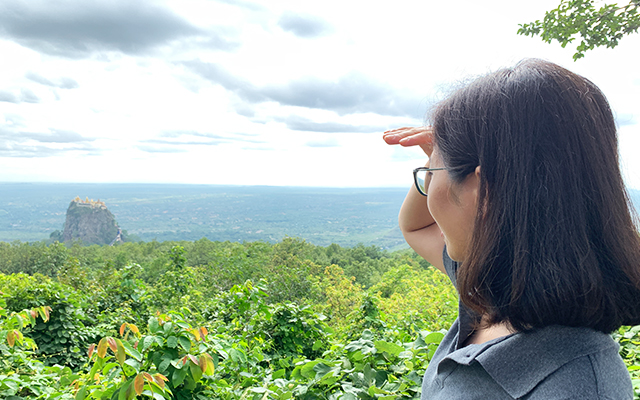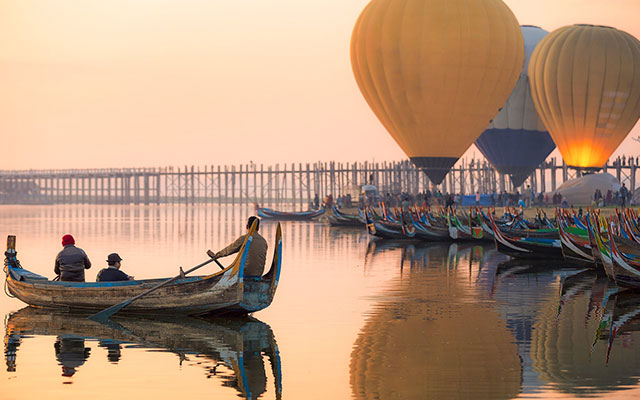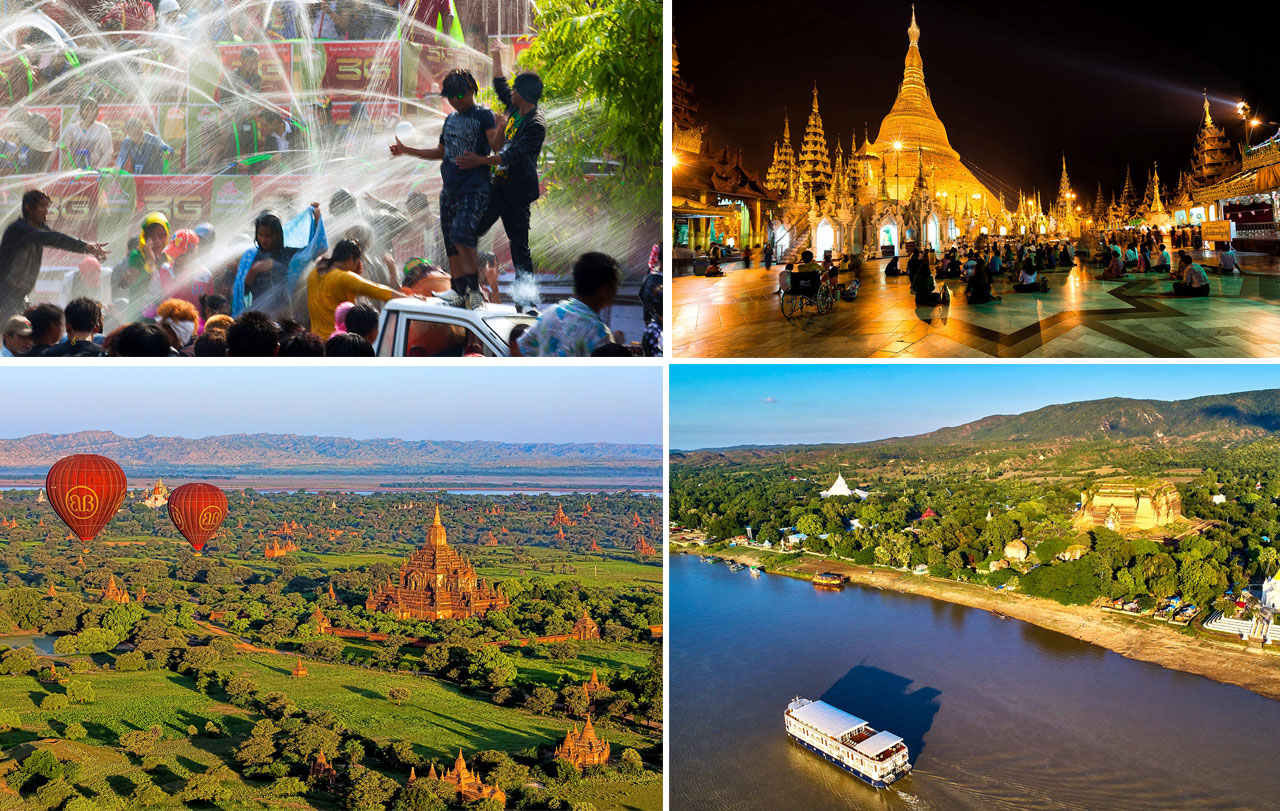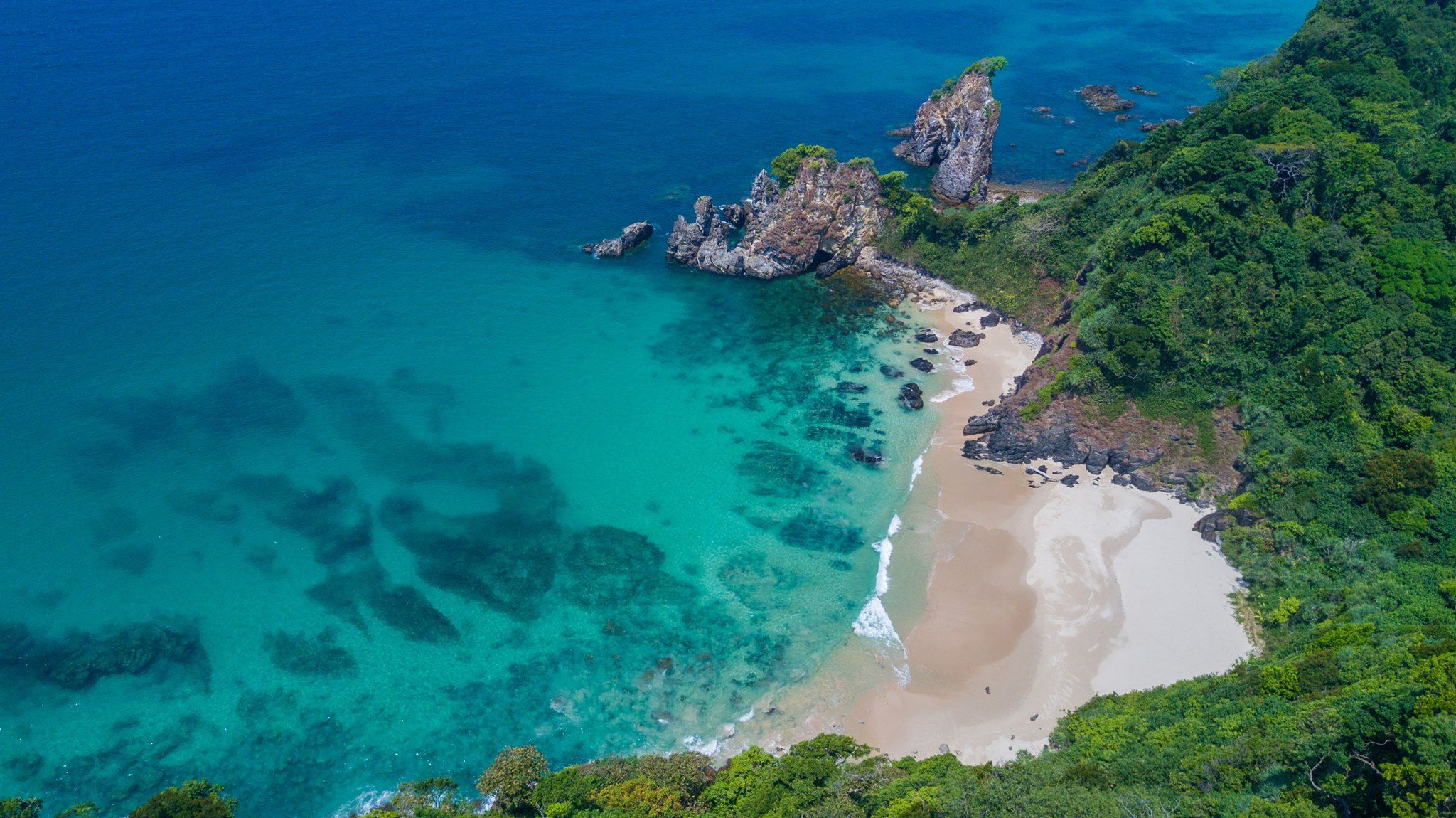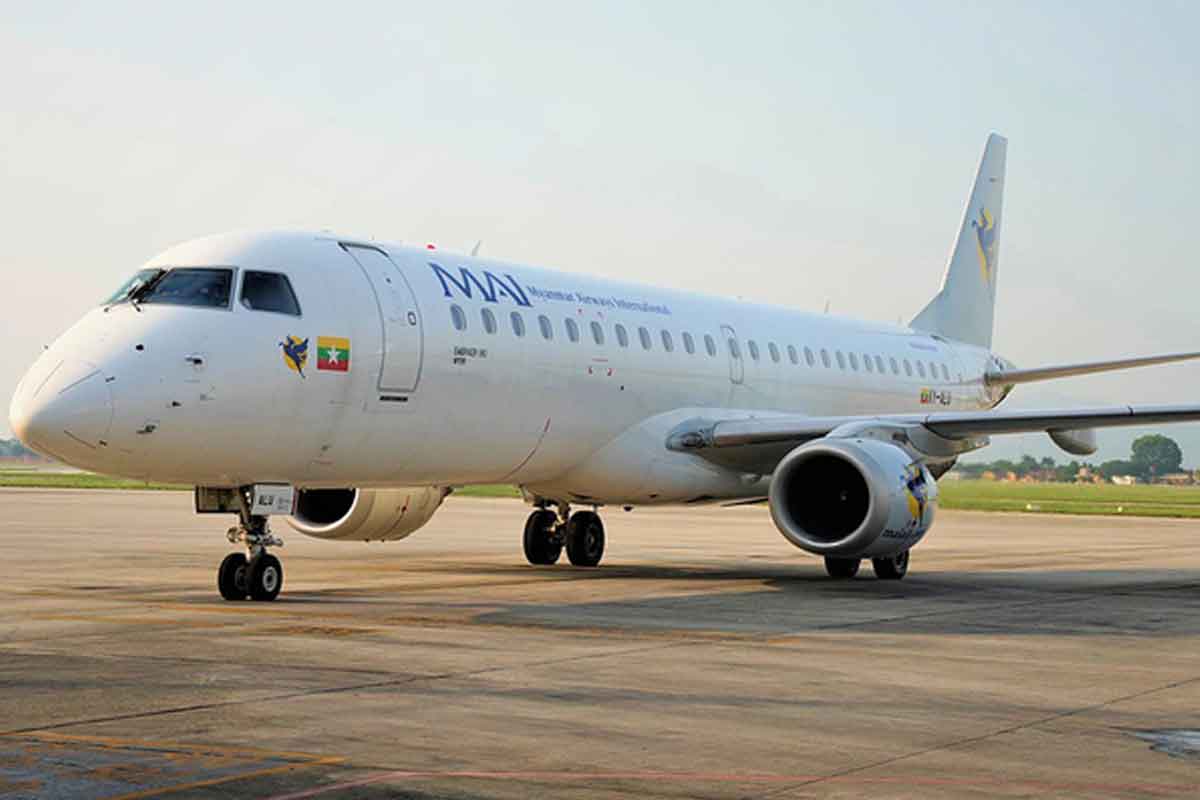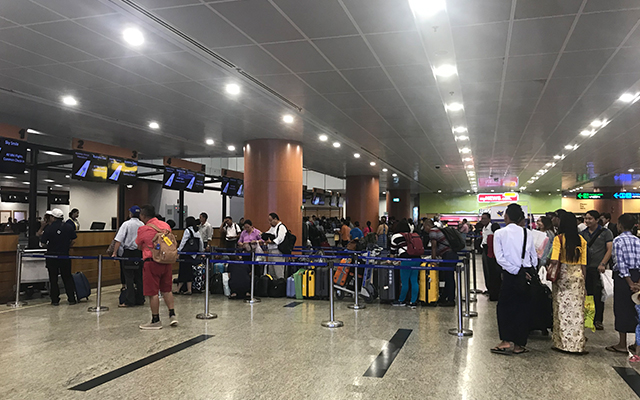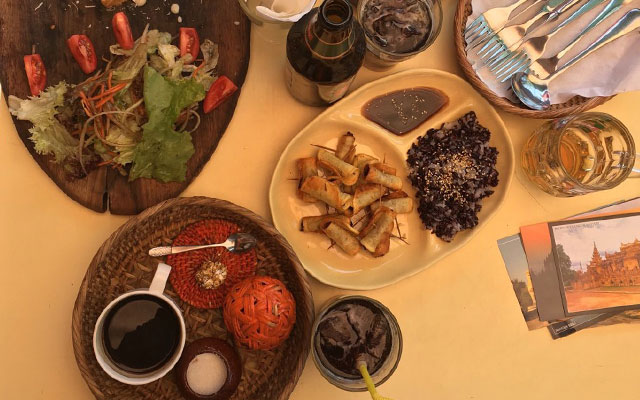Myanmar Weather Guide: Best Time to Visit, Climate, and Tips

Myanmar weather guide: best time to visit, climate, and tips
Myanmar, also known as Burma, is a fascinating country in Southeast Asia that offers a rich cultural heritage, stunning natural beauty, and diverse ethnic diversity. However, Myanmar also has a complex and varied climate that can affect your travel plans and experiences. In this article, we will guide you through the different seasons and regions of Myanmar, and give you some tips on how to choose the best time to visit this amazing destination.
Whether you want to explore the ancient temples of Bagan, witness the colorful festivals of Taunggyi, or relax on the pristine beaches of Ngapali, we will help you plan your trip to Myanmar based on weather and seasons.
Table of Contents
1. Overview of Myanmar Weather
- Average temperature: 27.4 °C (81.3 °F) in Yangon, 21 °C (70 °F) in the northern regions, 32 °C (89.6 °F) in the coastal and delta regions.
- Average humidity: 74% in Yangon, varies by region and season
- Average rainfall: 2,783.3 mm (109.58 inches) in Yangon, 500 mm (20 inches) in the central dry zone, over 5000 mm (200 inches) in the coastal regions
- Average sunshine duration: 2,452 hours per year in Yangon, varies by region and season
- Rainy Season: mid-May to late October
- Hot Season: mid-February to mid-May
- Cool Season: late October to mid-February
Myanmar is a country in Southeast Asia that has a diverse climate that varies by region and season. It has three main seasons: cool, hot, and rainy.
Cool Season
The cool season lasts from November to February and is the best time to visit Myanmar for most travelers. The weather is mild and dry, with average temperatures ranging from 20°C (68°F) to 30°C (86°F). The skies are clear and the landscapes are green after the monsoon rains. This is also the peak season for tourism, so expect higher prices and more crowds in popular destinations like Bagan, Inle Lake, and Ngapali Beach.
Hot Season
The hot season lasts from March to May and is the least favorable time to visit Myanmar for most travelers. The weather is very hot and humid, with average temperatures reaching 35°C (95°F) or higher. The air quality is poor due to dust and smoke from agricultural fires. The central plains and the south are especially scorching, while the higher altitudes of the north and east are slightly cooler. This is also the low season for tourism, so you may find some bargains and less crowds in some places.
Rainy Season
The rainy season lasts from June to October and is the most variable time to visit Myanmar for most travelers. The weather is influenced by the southwest monsoon, which brings heavy rains and thunderstorms to most parts of the country. The average rainfall varies from 500 mm (20 inches) in the central dry zone to over 5000 mm (200 inches) in the coastal regions. The temperatures are lower than the hot season, but still warm and humid, with averages between 25°C (77°F) and 30°C (86°F). The rainy season can be challenging for travel, as some roads may be flooded or damaged, some beaches may be closed, and some flights may be canceled or delayed. However, there are also some advantages to visiting Myanmar during this time, such as fewer tourists, lower prices, lush scenery, and vibrant festivals.
1.1 Myanmar Climate
Myanmar has a tropical monsoon climate with three distinct seasons: a cool winter from November to February, a hot summer season in March and April, and a rainy season from May to October, dominated by the southwest monsoon. The climate varies depending on location and elevation. Coastal regions receive over 5,000 mm of rain annually, while the central dry zone receives less than 1,000 mm
Myanmar climate is greatly modified by its geographic position and its relief. The cold air masses of Central Asia bring snow to the northern mountains for two months of the year. However, this mountain wall prevents the cold air from moving farther south. Therefore, most of Myanmar still lies under the influence of the monsoon winds.
Myanmar has a high rate of rainfall. Like much of South-East Asia, Myanmar’s dry seasons run from November through to April, and the wet season from May/June through to early October, when the south-west monsoon starts to blow. The colder months follow the end of the rains, from October to February, when it is cool in the foothills and highland areas, especially at night. The driest regions of the country, avoiding much of the annual rain, are the plains surrounding Bagan and Mandalay, which remain relatively dry aside from the odd heavy downpour, all the way through to August.
Elevation and distance from the sea affect temperature as well. Although Myanmar generally is a tropical country, temperatures are not uniformly high throughout the year. The daily temperature range is greater than it is in nearly all other parts of Southeast Asia. However, Myanmar has no continental type of climate (i.e., one characterized by large seasonal differences in average temperature). Myanmar experiences a considerable amount of solar radiation. However, the high humidity makes it sometimes feel quite uncomfortable.
1.2 Temperature & Rainfall
There are three distinct seasons in Myanmar. Within each season there are variations in temperature
- The cold and dry season, from November to February, with average monthly temperatures that range between 20°C (68°F) and 24°C (75°F). The air is relatively dry.
- The hot-dry season is from March to April with average monthly temperatures between 30°C (86°F) and 35°C (95°F). It is intensely hot in most of the country and rainfall is low.
- The wet season with high rainfall between May and October with average temperature between 25°C (77°F) and 30°C (86°F).
Myanmar is a large country and temperatures can vary significantly depending on the relief. As a general rule, temperatures and humidity become lower at higher altitudes. The Northern regions of Myanmar are the coolest, with average temperatures of 21 °C (70 °F). In Chin State in the west and parts of Shan State in the east, temperatures can get close to freezing, and in the Himalayan far north they may drop below zero. Coastal and delta regions have higher temperature with an average maximum temperature of 32 °C (89.6 °F).
A large portion of the country lies between the Tropic of Cancer and the Equator and the entirety of the country lies in the monsoon region of Asia, with its coastal regions, and the western and southeastern ranges receiving over 5,000 mm (196.9 in) of rain annually. Annual rainfall in the delta region is approximately 2,500 mm (98.4 in). Precipitation gradually decreases northward until in the region’s dry zone it amounts to only 20 to 40 inches (500 to 1,000 mm) per year. The Shan Plateau, because of its elevation, usually receives between 75 and 80 inches (1,900 and 2,000 mm) annually.
From June to August, rainfall can be constant for long periods of time, particularly on the Bay of Bengal coast and in Yangon and the Irrawaddy Delta. In September and October, the rain is less intense and you will experience more sunshine.
2. Regional Weather
2.1. Upper Central, North and East of Myanmar
This part of Myanmar tends to have more of a fluctuation in temperature throughout the day. During February to May, daytime can bring very high temperatures and intense sun. But it is much cooler in the evenings than the South of Myanmar.
June to October bring moderate rains which are more welcomed than they are in the South. Here, the temperature is lower and the rain is less frequent and intense.
November to February bring cool to very cold temperatures for those in higher altitude areas. In areas such as Kachin, and the lower Himalayan areas, you will even need gloves to go with your jacket and pants.
At Lashio, on the Shan Plateau, the average daily temperature is somewhat cooler, around 59 °F (15 °C).
2.2. The Dry Zone and Lower-Central Myanmar
These areas tend to be more arid and dry (hence the name), with high temperatures from February to May. June to October bring in a welcome relief to the heat with moderate showers. November to February bring the best weather for this area, and can even get to a chilly temperature during the nights.
Mandalay, in the centre of the dry zone, has some of the greatest daily temperature ranges, which span about 84 °F (29 °C) annually.
2.3 Rakhine State, the Delta and South Burma
These regions have high temperatures and humidity from February to May. June to October carry over the high humidity and bring intense rains that can often make roads flooded and cause delays when it comes to transportation. Some regions become inaccessible and some, such as Ngapali Beach, close altogether, in preparation for the high winds and heavy rainfall. In general, travelers want to avoid this particular area during the monsoon, which tends to be more intense than most elsewhere in Southeast Asia. November to February is gorgeous, dry and sunny.
The average daily temperatures show little variation, ranging from 84 °F (29 °C) to 91 °F (33 °C) between Sittwe (Akyab) in the Rakhine region and Yangon near the coast.
3. When is the Best Time to Visit Myanmar?
The best time to visit Myanmar is from November to February next year, when the climate is mild and less rain. However, this is also the peak season in Myanmar as picking up accommodation may become more difficult. Thus, many experienced tourists prefer mid-season as the weather is still pleasant during all months of the year.
If you are interested in festivals, you may want to visit Myanmar in November when the Taunggyi Balloon Festival takes place. It is a spectacular event where locals launch giant paper lanterns into the sky. Alternatively, you can visit Myanmar in June and enjoy the Thiho Shin Pagoda Festival in Pakokku, where you can watch traditional plays and dancing and buy local products.
Clear skies and lower temperatures are fairly steady throughout the whole country, which is usually lush green from the just-passed monsoon. However, this is also the busiest time with the bulk of the country’s annual visitors, so securing accommodation can become problematic.
Many experienced travellers often consider the ‘green-season’, either side of the peak period (October or March), as the best time to visit as the weather is still generally good (not too hot and still dry) and crowds are far more minimal. A visit in the ‘green season’ can reward those looking to explore key sites in more solitude.
In fact, travelers can travel throughout the year. If you can put up with the heat and/or rain, then you will find it easier and often cheaper to book accommodation and transportation outside the cool season. There will be less crowds at popular destinations. During the rains of June through September, avoid travelling through the south, as the islands tend to shut down their transportation, and join the people heading anywhere north of Yangon. The central plains (Mandalay & Bagan), which are more sheltered from the monsoon are highly recommended places to visit.
4. Clothing
When visiting Myanmar, it’s recommended to wear lightweight cotton and linen clothing, with high temperatures and intense tropical heat all year round at the popular travel destinations. But it is important to note the normal dress code that you need to cover arms and legs when visiting temples, as a show of respect. Warmer clothes may be needed for the evenings if you travel to higher altitudes and further north, particularly in the cool season, when temperatures can drop significantly.
Even outside the rainy season there can on occasion be downpours, so it is advisable to pack a light raincoat. To avoid sunstroke while exploring, you will need a broad-brimmed hat. In addition, try thanaka, a natural yellowish-white paste made from ground bark, used by local people.
In conclusion, each type of weather has its own strength and advantages which can probably make you surprised you when exploring the whole country. Contact Myanmar Travel today to get a free advice on where to visit or what to do in Myanmar. We are more than happy to assist 24/7!





